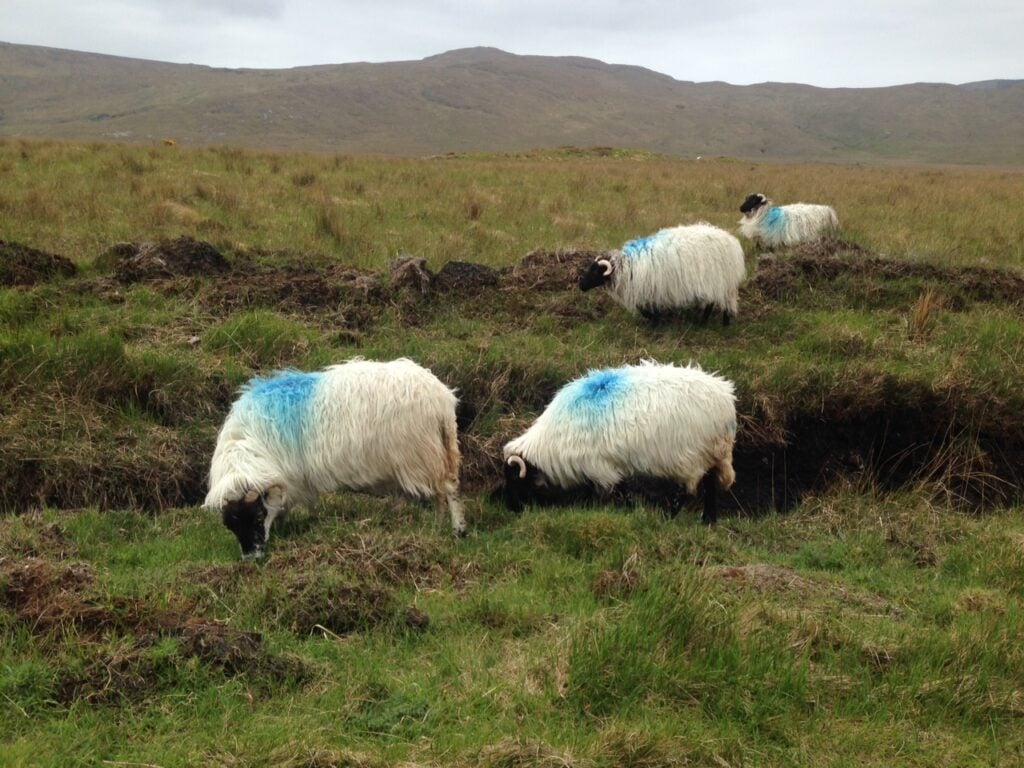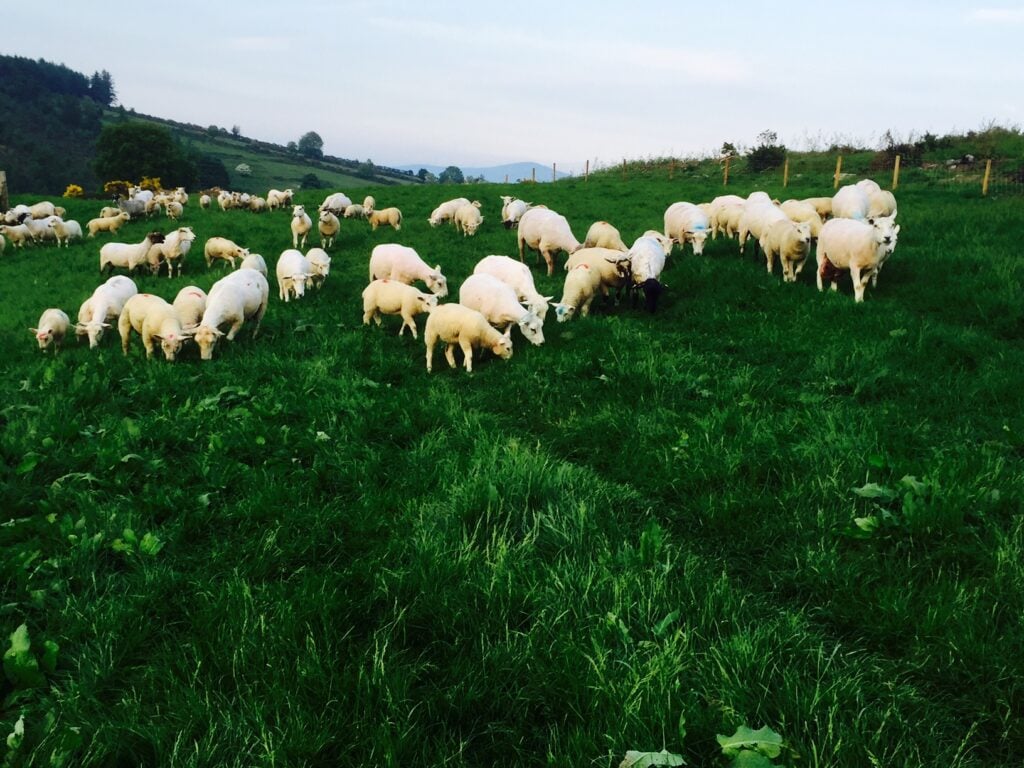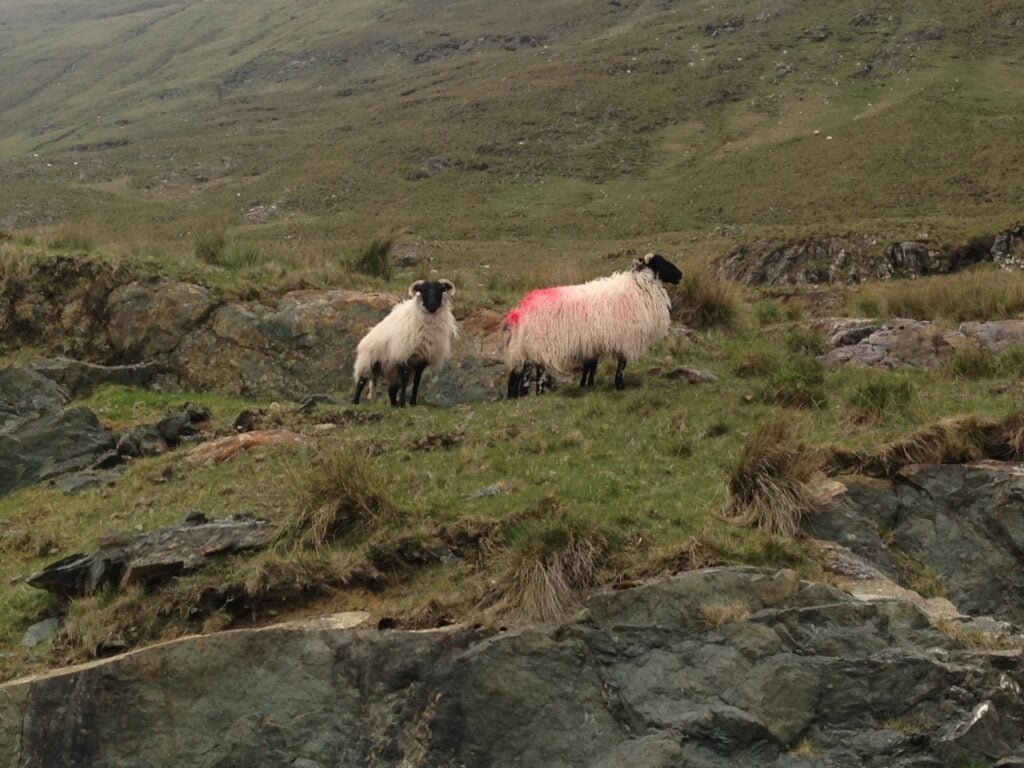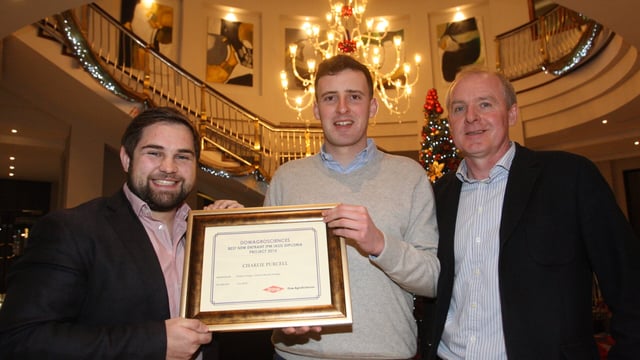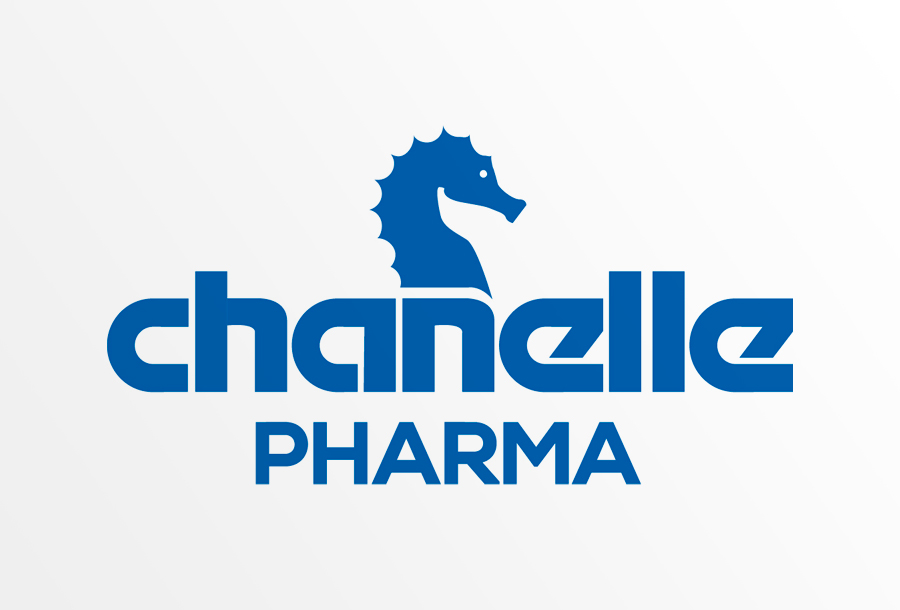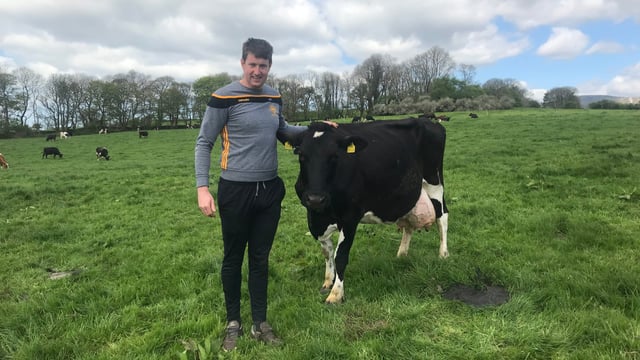Everything farmers need to know about the €25m Sheep Welfare Scheme
In December, the Minister for Agriculture, Michael Creed, officially launched the €25m Sheep Welfare Scheme.
The scheme provides support of €10/ewe to farmers for undertaking actions which make a positive contribution to flock welfare, the Minister said.
Since then, the Department of Agriculture has published a range of frequently asked questions farmers may have about the scheme, which will help clarify some issues for farmers:
The Sheep Welfare Scheme is a new scheme targeted at making a meaningful positive contribution to sheep welfare with particular regard to the production system and the environment in which Irish sheep production takes place.
Sheep farmers with breeding ewes can apply for payment based on two actions they choose from a menu to undertake.
Eligibility criteria for the scheme
In order to be eligible for the Scheme, applicants must:
- Have an active Department of Agriculture Herd Number, or have applied for same before the closing date of the scheme, and keep breeding ewes.
- Submit a Basic Payment Scheme application for each year of scheme participation, and comply with the requirement to be an active farmer as per Article 9 of EU Regulation 1307/2013.
- Have submitted Sheep Census returns to the Department in respect of 2014 and 2015 by October 31 2016. Where applicants have failed to submit either or both the 2014 and 2015 census returns, in line with above, they can advise the Department accordingly and the circumstances of cases will be considered and dealt with on an individual basis. It should be noted that Cross Compliance penalties may apply in such circumstances.
- Have submitted a correctly completed return to the Department in respect of the 2016 Sheep Census by January 31, 2017 and continue to submit a Sheep Census return within the specified timeframe for each year during the lifetime of the scheme (exception for new entrants in year of entry).
Applicants who have been found guilty of an offence under the Animal Health and Welfare Act 2013 for animal cruelty and welfare offences will be excluded from the scheme.
New entrants to the scheme
There is provision for new entrants into the scheme: a new entrant to this scheme is defined as an applicant who has applied for a new herd number from January 1, 2016 and before the closing date of the scheme in 2017 or an applicant with an existing herd number who has not held or traded in sheep for a two year period up to October 31, preceding the scheme year.
In any subsequent scheme years the new applicant must apply for a new herd number prior to December 31, of the preceding year.
What do farmers have to do to participate in the scheme, what work is involved?
Firstly farmers must submit a completed Sheep Census for 2016 – and for each year of the scheme.
Then they must return the application form by January 31 – the scheme closing date – notifying the Department of their two chosen actions.
Thereafter you must undertake and complete the chosen actions, and comply with the relevant conditions set out in the terms and conditions.
In order to qualify for payment, farmers must retain the reference number of ewes in a given scheme year on which you must carry out the chosen actions. Failure to do so will result in penalty.
Certain exemptions are in place – eg where on inspection a lower number of sheep is found due to a veterinary recommendation for a cull on welfare grounds.
Flock Types
The scheme actions are applicable to flocks of breeding ewes and are separated into lowland and hill flock actions.
The decision as to which category an applicant belongs to will be based on the type of stock (lowland or hill) held, or where there is a mix, the ratio stock type held and as reported in the Annual Sheep Census 2015 –
- Applicants with greater than 50% lowland ewes must chose from the options for lowland flocks.
- Applicants with greater than 50% hill type ewes must chose from the options for hill flocks.
- The Application Form which has issued has designated individual flocks as hill or lowland based on Sheep Census records. Applicants who deem that they have been incorrectly categorised should notify the Department promptly regarding their position.
What if a farmer has mixed stock – what flock type do they apply for?
You must choose whichever number is the greater. If farmers have greater than 50% lowland then they must chose from the options for lowland flocks.
If you have a greater than 50% hill flock then you must choose two options from the hill flock categories.
The actions chosen must be carried out on all the breeding ewes, irrespective of the lowland/hill categorisation.
What should a farmer do if they have been identified in the incorrect flock type?
There are two categories lowland flocks and hill flocks, the form which issued was based on the sheep census records held by the Department for 2015.
If this is incorrect please return the application form to the Department with the corrected data and a new form will issue.
What actions are involved in the scheme?
The scheme requires farmers to undertake and complete two measurable and verifiable sheep welfare actions.
These actions are based on flock type – lowland or hill – which is designated using the sheep numbers returned on the 2015 Census.
Applicants must choose one action from Category A and one action from Category B as appropriate to their flock type (lowland or hill) by ticking the appropriate boxes beside each option on the application form.
*Hill flocks may not choose both mineral supplementation of lambs and meal feeding of lambs post weaning.
Details in relation to the actions are set out in the terms and conditions, and the Department will be organising information sessions around the country to address any queries.
These venues will be available on the Department’s website.
Can farmers change actions?
The two actions chosen at this point must be adhered to by the applicant for the full duration of the scheme – which is currently proposed at four years, renewable annually.
It is therefore not possible to change actions once chosen.
How much is the payment? How long will farmers receive payment for?
Payment is €10 per eligible ewe and the scheme will run for four years. Payments are based on the completion of both chosen actions.
After each year the farmer will be asked whether he/she wishes to continue for another year in the scheme, or to withdraw (without clawback if all of the actions are completed etc).
What is my number of eligible ewes?
It is the average number of breeding ewes you held in 2014 and 2015 as declared on your Sheep census. This is known as the Reference Number.
This figure should be available to you from your own records in your Sheep Log book. The Department will confirm your Reference Number after all applications have been received.
In certain circumstances this reference number can differ from the 2014/15 average
- Where a higher number is required under a GLAS commonage management plan.
- Where the 2016 census shows a lower number than the reference year.
I did not submit a sheep census in 2015, what can I do?
You must write to the Sheep Welfare Scheme section and provide details as to why the census was not submitted and any supporting documentation you may have that will support your case.
Every case will be looked at on its own merit and all circumstances will be taken into account. However, it must be noted that a cross compliance penalty may apply.
How long will the scheme last?
The scheme is currently proposed at four years, renewable annually.
Is the Scheme subject to inspection?
As with all EU funded schemes, an inspection process will be in place including:
- On site verification of animal numbers and inspection of record book and documents to confirm actions are carried out.
- A percentage of farmers will also be requested to return their record books and documents to the Department for examination to confirm compliance – cooperation with such requests is a condition of participation in the scheme.

